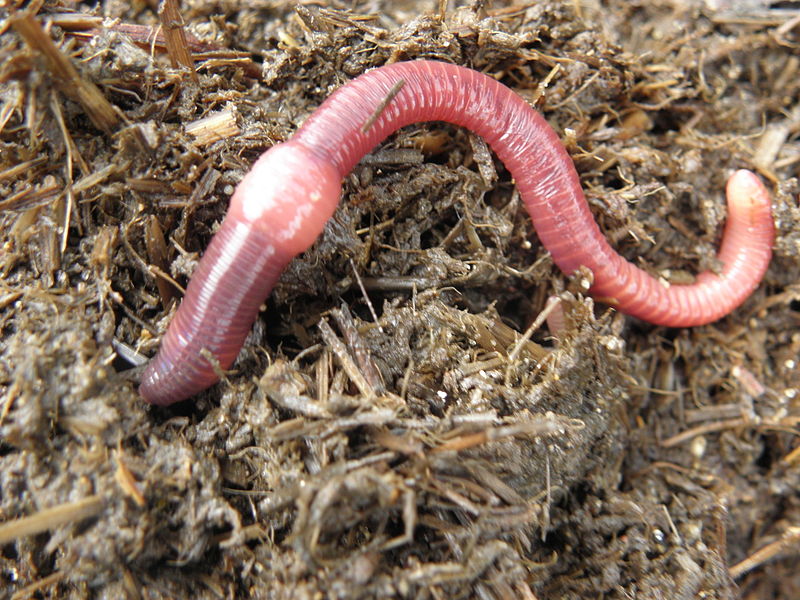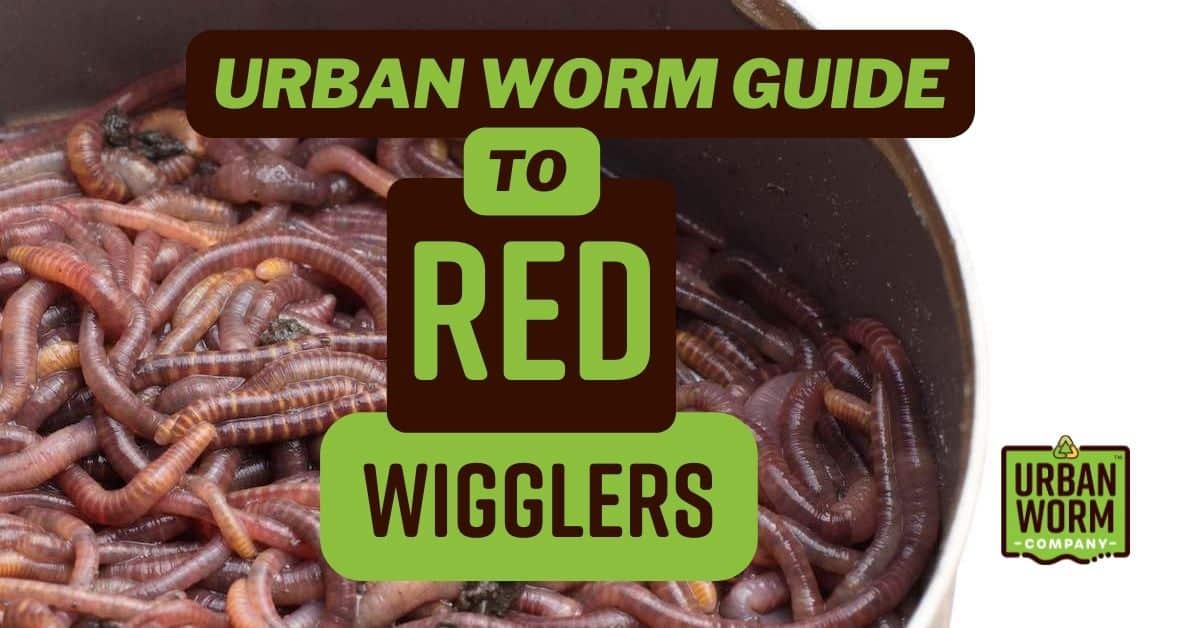The Definitive Guide to Red Wiggler Express
Wiki Article
Red Wiggler Express - Truths
Table of ContentsNot known Facts About Red Wiggler Express6 Simple Techniques For Red Wiggler ExpressThe Greatest Guide To Red Wiggler ExpressGetting My Red Wiggler Express To WorkSee This Report on Red Wiggler Express
And the flourishing Red Worm populace? Also in the lot that was set up straight in front of backyard composters with existing Red Worm colonies.
Many selections, including Red Wigglers, European Nightcrawlers, and Lumbricus varieties were brought over from the European continent. Here's the thingNative or not - and as gifted as they are at being able to endure in a wide-range of environments and conditions -. To put it simply, they are much more likely to socialize in any kind of energetic composting systems you have actually established, than they are to stroll off and begin spoiling the environment.
Roots need oxygen for respiration and rely upon smooth airflow within the dirt to thrive. Nevertheless, when it rains, soil can come to be saturated with water, reducing the oxygen readily available and preventing vitamins and mineral absorption - Red Wiggler Express. To preserve an optimal balance, the soil must allow water to drain effectively, leaving adequate room for air to sustain root health
The Ultimate Guide To Red Wiggler Express

When it comes to worms for composting, what comes to mind? If you were an earthworm dog breeder, dealer, or ordinary gardener, then you 'd understand that red wiggler worms are the perfect worms for vermicomposting. To find out more concerning these planet wonders, checked out some of the red worm realities below.
(https://www.linkcentre.com/profile/rwigglerexnc/)If they extend their bodies, you'll be able to see the stripes on their skin. When elevating worms such as red wiggler worms, you ought to be able to know how to profit them. When you have the ability to keep and take care of their environment well, and additionally feed them the ideal type of organic wastes, then they'll be able to generate nutrient-packed and quality-rich worm spreadings for you (additionally referred to as worm poop or compost).
How Red Wiggler Express can Save You Time, Stress, and Money.
What do worms consume? Well, these red wriggler worms can be fed with cooking area scraps and garden wastes. Any worn out natural stuff will do like vegetable and fruit peels, smashed egg shells, made use of tea bags, coffee grounds, lawn trimmings, completely dry leaves, and others. Make certain not to feed them foodstuffs that are oily, citrusy, or has meat or dairy products in them.
This behavior makes them well-suited forever in worm bins, compost heap, and various other restricted areas where organic waste is abundant. Creating an optimal setting for red wigglers calls for a thoughtful approach. Think about the complying with essential elements to care for red wigglers in your home and guarantee their health: Use a bed linen of shredded paper or cardboard.

Red wiggler worms reproduce by laying little, lemon-shaped eggs in safety cocoons. These cocoons are normally deposited in the bedding and hatch right into child worms within a couple of weeks.
An Unbiased View of Red Wiggler Express
Their adaptability and strength have made them a popular choice for vermicomposting in numerous areas around the world. Consider safety measures for really extreme temperature levels such as: Shielding the worm bin with layers of straw or leaves. Where To Buy Worms.
Just remember - you can constantly add more food later on (but it's tough to eliminate feed once it's been added to a container!).
Due to the fact that I fed the red wigglers and garden compost worms as well much, they weren't able to keep up and over time the older food went uneaten and produced anaerobic problems that killed the worms. Here're the 6 gold regulations for how usually and how much to feed your worms: Guideline # 1: Small amounts!
Red Wiggler Express for Beginners
Uneaten food will lead to anaerobic conditions that will certainly eliminate your real-time worms. Guideline # 6: After the first feeding, feed the worms 1/3 to 1/2 of their weight.Report this wiki page